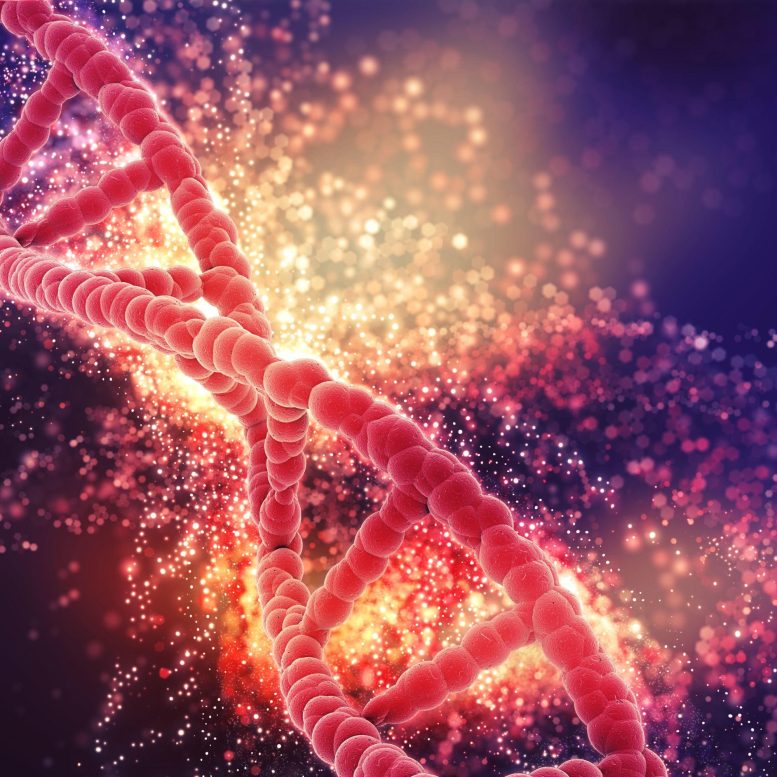
An international research team has identified key base pairs in the human genome that remained consistent over millions of years of mammalian evolution, which play a significant role in human disease, highlighting genetic regions where mutations are not tolerated in evolution, a breakthrough that could improve our understanding of disease origins and inform future genetic research.
Base pairs of DNA that play a vital role in human disease have been identified by a researcher from USC.
Dr. Steven Gazal, an assistant professor of population and public health sciences at the Keck School of Medicine of USC, is on a mission to answer a perplexing question: Why, despite millions of years of evolution, do humans still suffer from diseases?
As part of an international research team, Gazal has made a groundbreaking discovery. They’ve become the first to accurately pinpoint specific base pairs in the human genome that have remained unaltered throughout millions of years of mammalian evolution. These base pairs play a significant role in human disease. Their findings were published in a special Zoonomia edition of the journal Science.
Gazal and his team analyzed the genomes of 240 mammals, including humans, zooming in with unprecedented resolution to compare DNA. They were able to identify base pairs that were “constrained” – meaning they remained generally consistent – across mammal species over the course of evolution. Individuals born with mutations on these genes may not have been as successful within their species or were otherwise not likely to pass down the genetic variation. “We were able to identify where gene mutations are not tolerated in evolution, and we demonstrated that these mutations are significant when it comes to disease,” explains Gazal.
The team found that 3.3% of bases in the human genome are “significantly constrained,” including 57.6% of the coding bases that determine amino acid position, meaning these bases had unusually few variants across species in the dataset. The most constrained base pairs in mammals were over seven times more likely to be causal for human disease and complex traits, and over 11 times more likely when researchers looked at the most constrained base pairs in primates alone.
The dataset was provided by the Zoonomia consortium, which according to the project website, “is applying advances in DNA sequencing technologies to understand how genomes generate the tremendous wealth of animal diversity.” Gazal gives credit to Zoonomia for making this type of data available to researchers and anticipates it will be widely used by human geneticists. “It’s a cheap resource to generate, as opposed to datasets generated in human genetic studies,” says Gazal.
His team’s findings are a significant step forward, as Gazal notes, “We do not understand 99% of the human genome, so it is fundamental to understand which part has been constrained by evolution and is likely to have an impact on human phenotypes.” Their discoveries and methods could become crucial tools for further research.
The next step for Gazal and his team is to repeat the process with a primate-only dataset. By restricting the subjects, they hope to focus on functions of DNA that appeared more recently in human evolution. “We expect this to be even more useful in determining information on human disease,” says Gazal.
Reference: “Leveraging base-pair mammalian constraint to understand genetic variation and human disease” by Patrick F. Sullivan, Jennifer R. S. Meadows, Steven Gazal, BaDoi N. Phan, Xue Li, Diane P. Genereux, Michael X. Dong, Matteo Bianchi, Gregory Andrews, Sharadha Sakthikumar, Jessika Nordin, Ananya Roy, Matthew J. Christmas, Voichita D. Marinescu, Chao Wang, Ola Wallerman, James Xue, Shuyang Yao, Quan Sun, Jin Szatkiewicz, Jia Wen, Laura M. Huckins, Alyssa Lawler, Kathleen C. Keough, Zhili Zheng, Jian Zeng, Naomi R. Wray, Yun Li, Jessica Johnson, Jiawen Chen, Zoonomia Consortium§. , Benedict Paten, Steven K. Reilly, Graham M. Hughes, Zhiping Weng, Katherine S. Pollard, Andreas R. Pfenning, Karin Forsberg-Nilsson, Elinor K. Karlsson, Kerstin Lindblad-Toh, Gregory Andrews, Joel C. Armstrong, Matteo Bianchi, Bruce W. Birren, Kevin R. Bredemeyer, Ana M. Breit, Matthew J. Christmas, Hiram Clawson, Joana Damas, Federica Di Palma, Mark Diekhans, Michael X. Dong, Eduardo Eizirik, Kaili Fan, Cornelia Fanter, Nicole M. Foley, Karin Forsberg-Nilsson, Carlos J. Garcia, John Gatesy, Steven Gazal, Diane P. Genereux, Linda Goodman, Jenna Grimshaw, Michaela K. Halsey, Andrew J. Harris, Glenn Hickey, Michael Hiller, Allyson G. Hindle, Robert M. Hubley, Graham M. Hughes, Jeremy Johnson, David Juan, Irene M. Kaplow, Elinor K. Karlsson, Kathleen C. Keough, Bogdan Kirilenko, Klaus-Peter Koepfli, Jennifer M. Korstian, Amanda Kowalczyk, Sergey V. Kozyrev, Alyssa J. Lawler, Colleen Lawless, Thomas Lehmann, Danielle L. Levesque, Harris A. Lewin, Xue Li, Abigail Lind, Kerstin Lindblad-Toh, Ava Mackay-Smith, Voichita D. Marinescu, Tomas Marques-Bonet, Victor C. Mason, Jennifer R. S. Meadows, Wynn K. Meyer, Jill E. Moore, Lucas R. Moreira, Diana D. Moreno-Santillan, Kathleen M. Morrill, Gerard Muntané, William J. Murphy, Arcadi Navarro, Martin Nweeia, Sylvia Ortmann, Austin Osmanski, Benedict Paten, Nicole S. Paulat, Andreas R. Pfenning, BaDoi N. Phan, Katherine S. Pollard, Henry E. Pratt, David A. Ray, Steven K. Reilly, Jeb R. Rosen, Irina Ruf, Louise Ryan, Oliver A. Ryder, Pardis C. Sabeti, Daniel E. Schäffer, Aitor Serres, Beth Shapiro, Arian F. A. Smit, Mark Springer, Chaitanya Srinivasan, Cynthia Steiner, Jessica M. Storer, Kevin A. M. Sullivan, Patrick F. Sullivan, Elisabeth Sundström, Megan A. Supple, Ross Swofford, Joy-El Talbot, Emma Teeling, Jason Turner-Maier, Alejandro Valenzuela, Franziska Wagner, Ola Wallerman, Chao Wang, Juehan Wang, Zhiping Weng, Aryn P. Wilder, Morgan E. Wirthlin, James R. Xue and Xiaomeng Zhang, 28 April 2023, Science.
DOI: 10.1126/science.abn2937
The study was funded by the Swedish Research Council, the Knut and Alice Wallenberg Foundation, the Swedish Cancer Society, the Swedish Childhood Cancer Fund, the National Institute of Mental Health, the Gladstone Institutes, the National Institute on Drug Abuse, University College Dublin (UCD) Ad Astra Fellowship, and the National Human Genome Research Institute.

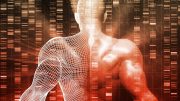
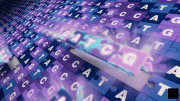

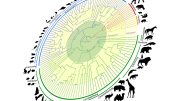
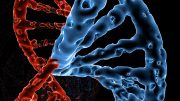

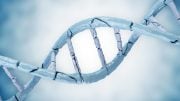
Lovely graphics